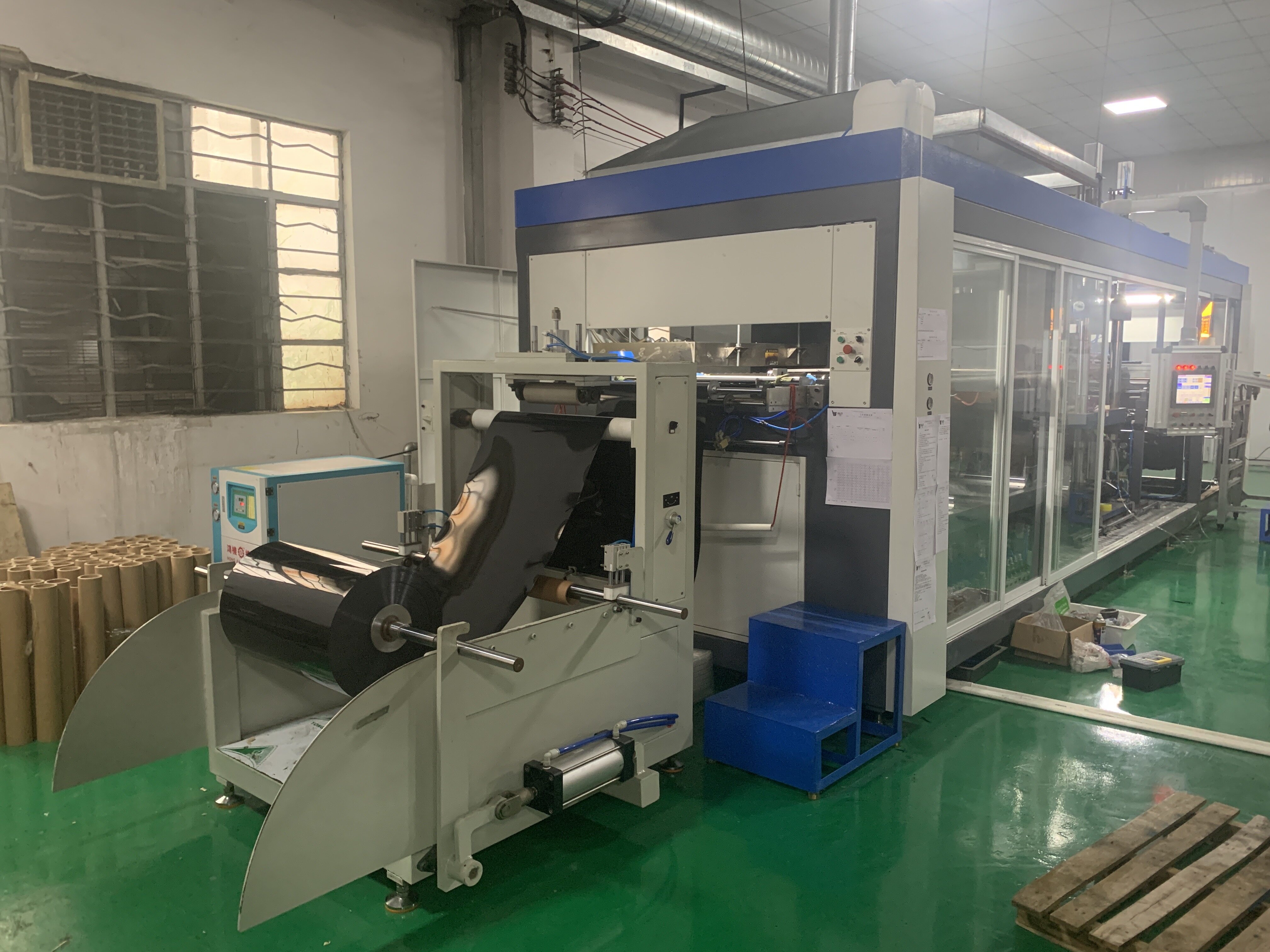Mastering Vacuum Forming and Cutting Slicing Machines: A Comprehensive FAQ and Troubleshooting Guide
Introduction:
In the realm of modern manufacturing and prototyping, vacuum-forming cutting and slicing machines stand out as indispensable tools. Whether you're crafting intricate prototypes, packaging, or industrial components, these machines offer precision and efficiency. However, navigating the nuances of these complex machines can be daunting. This comprehensive FAQ and troubleshooting guide aims to demystify common questions and concerns while equipping you with the know-how to troubleshoot effectively.
I. Common Questions (FAQs) about Vacuum Forming Cutting Slicing Machines:
1. What is a vacuum-forming cutting and slicing machine?
Vacuum-forming cutting slicing machines are advanced equipment used in various industries for shaping, cutting, and slicing materials such as plastics, foams, and composites. They utilize vacuum pressure to mold materials against a template or mold, while cutting and slicing mechanisms ensure precise shaping and sizing.
2. How does a vacuum-forming cutting and slicing machine work?
These machines operate by heating a sheet of material until it becomes pliable, then using vacuum pressure to pull the material over a mold or template. Simultaneously, cutting and slicing components trim excess material and shape it according to the desired design.
3. What materials can be used with these machines?
Vacuum-forming cutting slicing machines are versatile and can work with a wide range of materials, including but not limited to acrylics, polycarbonates, PVC, PETG, ABS, foam, and even certain types of wood.
4. What are the main applications of vacuum-forming cutting and slicing machines?
These machines find applications across various industries, including packaging, automotive, aerospace, medical, and signage. They are used for producing prototypes, custom packaging, interior components, signage, and more.
5. What are the advantages of using these machines over traditional methods?
Compared to traditional manufacturing methods, vacuum-forming cutting slicing machines offer faster production times, lower costs for prototypes and short runs, customization options, and the ability to work with a wider range of materials.
6. Are there different types or models available on the market?
Yes, vacuum-forming cutting slicing machines come in various types and models, ranging from small desktop units suitable for prototyping to large-scale industrial machines capable of high-volume production.
7. How do I choose the right machine for my needs?
When selecting a machine, consider factors such as the size and thickness of materials you'll be working with, production volume, desired precision, budget, and available workspace.
II. Troubleshooting Tips for Vacuum Forming Cutting Slicing Machines:
1. Machine Setup and Calibration:
Proper setup and calibration are crucial for optimal machine performance. Ensure that all components are correctly aligned and calibrated according to the manufacturer's specifications. Regular maintenance and calibration checks can prevent issues such as misalignment and poor cutting quality.
2. Material Compatibility and Feeding:
Before using a new material, verify its compatibility with the machine's specifications to avoid damage or malfunction. Adjust the feeding mechanism to accommodate different material thicknesses and textures, and periodically inspect the feed mechanism for signs of wear or obstruction.
3. Maintenance and Cleaning:
Regular cleaning and maintenance are essential for prolonging the lifespan of your machine and ensuring consistent performance. Clean cutting and slicing blades regularly to prevent residue buildup, and lubricate moving parts to reduce friction and wear.
4. Quality Control and Output:
Monitor the quality of cuts and slices produced by the machine, and be vigilant for signs of uneven cutting, jagged edges, or other defects. Adjust settings as needed to achieve the desired results, and inspect the machine for worn or damaged components that may affect output quality.
III. Additional Resources and Support:
1. Contact information for technical support or customer service:
If you encounter persistent issues or have specific questions about your machine, don't hesitate to reach out to the manufacturer's technical support team or customer service department for assistance.
2. Links to instructional videos or online tutorials:
Many manufacturers provide online resources, such as instructional videos, user manuals, and troubleshooting guides, to help customers troubleshoot common issues and learn more about their machines.
3. Recommendations for further reading or professional training courses:
Consider investing in additional training or education to enhance your skills and knowledge of vacuum-forming cutting and slicing machines. Look for workshops, seminars, or online courses offered by industry organizations or educational institutions.
Conclusion:
Mastering the operation and maintenance of vacuum-forming cutting and slicing machines is a journey that requires patience, diligence, and a willingness to learn. By familiarizing yourself with common questions and troubleshooting techniques, you'll be better equipped to tackle challenges and unleash the full potential of these powerful manufacturing tools. Remember, don't hesitate to seek support and resources when needed, and keep pushing the boundaries of what's possible with vacuum-forming cutting and slicing technology.


